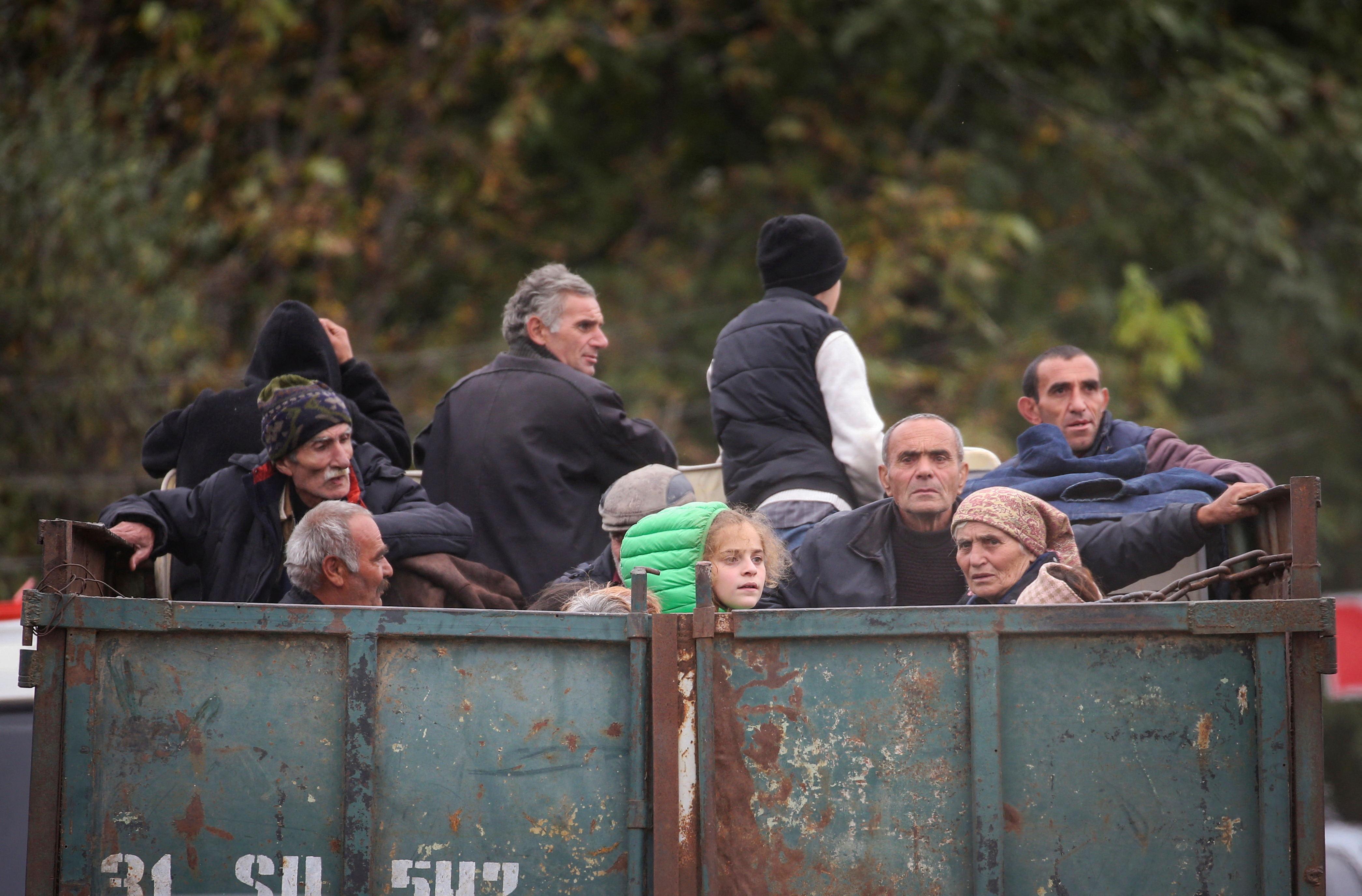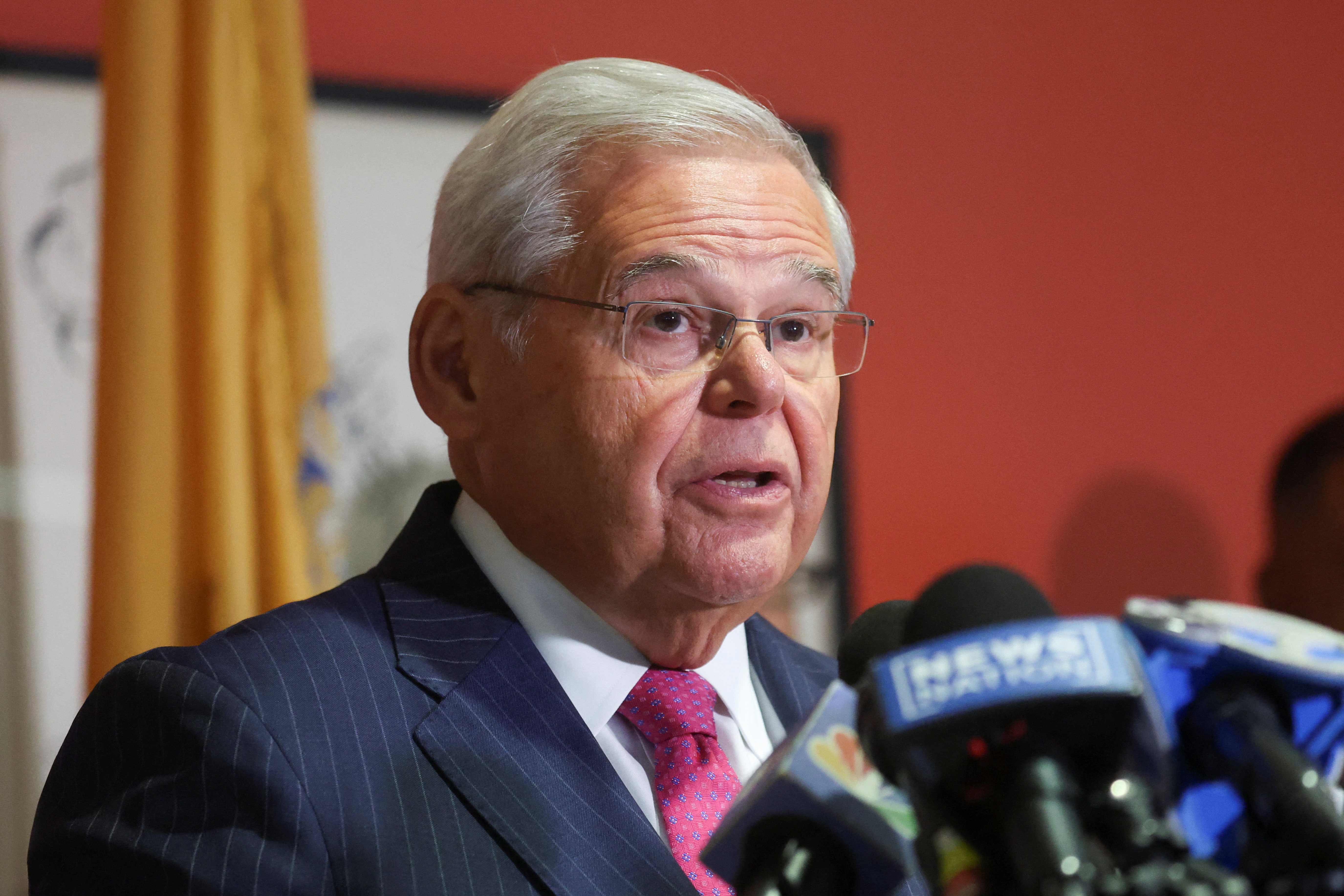HONG KONG (Reuters) – Asia stocks traded mixed on Wednesday and benchmark U.S. Treasury yields were near multi-year highs, as investors sour on both stocks and bonds amid worries about the impact of higher-for-longer interest rates.
The dollar index hit a fresh 10-month high, while the Japanese yen came closer to a key level where Japanese officials are seen as potentially intervening to shore up the currency.
In early European trade, pan-region Euro Stoxx 50 futures edged up 0.05% while German DAX futures were down 0.07% and FTSE futures were down 0.14%.
In Asia, MSCI’s broadest index of Asia-Pacific shares outside Japan was little changed in afternoon trade. The index is down 3.7% so far this month. U.S. stock futures, the S&P 500 e-minis, were up 0.27%.
Chinese corporate profits were a focal data point of the day. Profits at China’s industrial firms fell 11.7% in the first eight months from a year, a smaller decline than the 15.5% drop for the first seven months.
China’s blue-chip CSI300 index was 0.3% higher in afternoon trade while Hong Kong’s Hang Seng index was up 0.58% having lost some earlier gains.
“The stabilising industrial profits are simply not significant enough to override concerns about risks, especially in real estate,” said Gary Ng, Asia Pacific senior economist at Natixis.
“With a lack of positive catalysts and the still high sensitivity to risks, investors have turned cautious ahead of the long holiday in mainland China,” he added, referring to the weeklong National Day holiday.
Stock markets in mainland China will be closed from Sept. 29 to Oct. 6.
Australian shares were down 0.28%, while Japan’s Nikkei stock index lost 0.15%.
On Tuesday, the Dow posted its biggest one-day percentage drop since March, while all three major averages ended at their lowest closing levels in well over three months. Risk sentiment has been hit after the Federal Reserve indicated it would keep rates higher for longer than investors had previously expected.
The Dow Jones Industrial Average fell 1.14%, the S&P 500 lost 1.47% and the Nasdaq Composite dropped 1.57%.
In currencies, the dollar index, which tracks the greenback against a basket of currencies of other major trading partners, was up at 106.24 – after climbing as high as 106.32, its highest since Nov. 30. The European single currency was down 0.1% on the day at $1.0562, having lost 2.56% in a month.
The Japanese yen remained weak versus the greenback at 149 per dollar. The dollar’s strength against the yen in particular has kept traders on alert for an intervention to prop up the Japanese currency, especially after Finance Minister Shunichi Suzuki said no options were off the table.
The 150 yen per dollar level is seen by financial markets as a red line that would spur Japanese authorities to act, as they did last year.
“We see a high risk the BoJ intervenes soon to prop up the JPY,” CBA analysts said in a note.
In treasuries, benchmark 10-year yields have climbed to 16-year highs in the wake of the Federal Reserve’s hawkish longer-term rate outlook last week. The yield reached 4.5255%, compared with its U.S. close of 4.558% on Tuesday.
The two-year yield, which rises with traders’ expectations of higher Fed fund rates, touched 5.0623% compared with a U.S. close of 5.077%.
U.S. crude ticked 1.05% higher to $91.34 a barrel. Brent crude rose to $94.89 per barrel.
Gold was slightly lower. Spot gold was traded at $1897.5736 per ounce. [GOL/]
The post Asia stocks mixed, investors grapple with impact of higher rates first appeared on The News And Times – thenewsandtimes.com.










